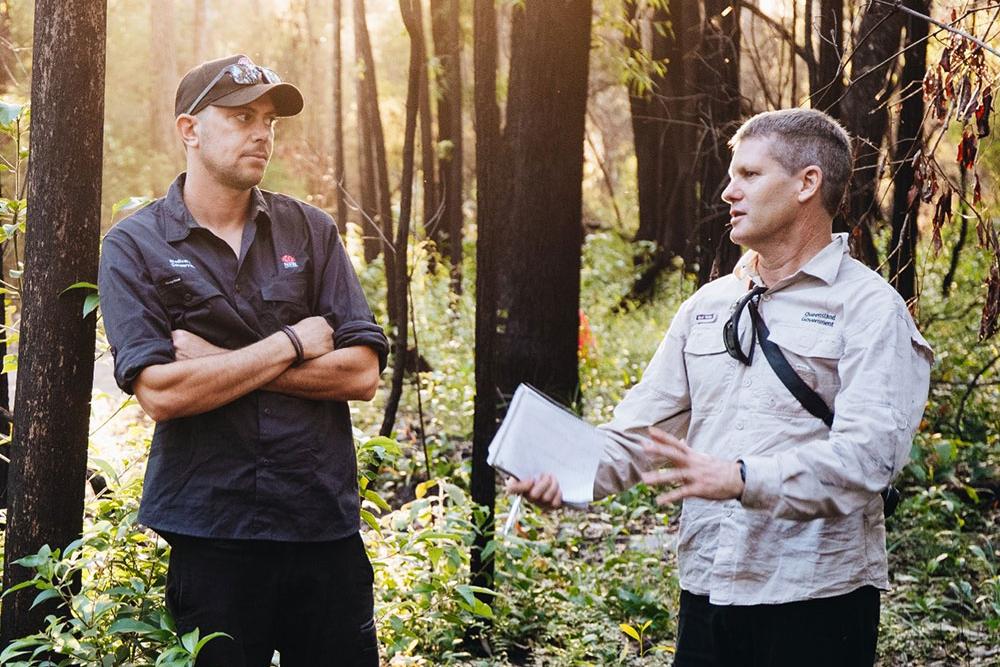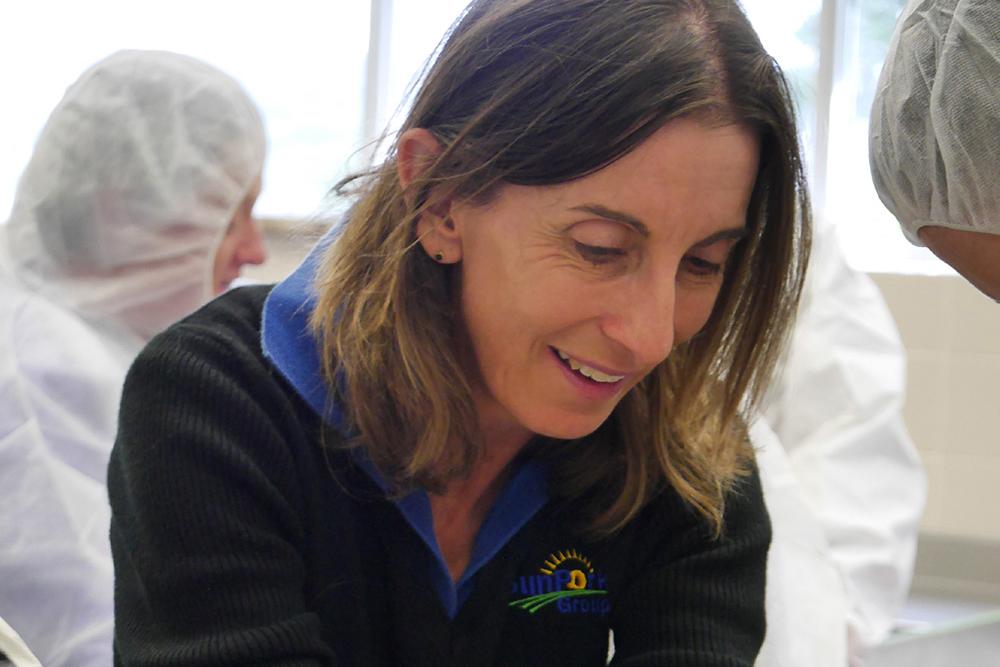The Australian Government continues to enforce stringent import conditions to manage the biosecurity risk associated with imported prawns and safeguard our valuable fisheries and aquaculture industries.
Measures to ensure Australia's import conditions are being met include pre-border and border disease testing, retail testing, and working with exporting countries.
Enforcement action will continue to be taken against any importer found to be deliberately non-compliant with import requirements.
Enhanced biosecurity conditions for imported prawns and prawn products were put in place at the Australian border following an outbreak of white spot disease in 2016–17.
Since the recommencement of prawn imports in 2017, the department has continued to enhance the import requirements as the science has indicated. The department has also undertaken a full review of the biosecurity risk associated with the importation of prawns and prawn products.
As a member of the World Trade Organisation (WTO), and as a partner in free trade agreements, we have obligations to allow trade where the science says it is safe to do so.
The department was intending to finalise the review for public release in February 2023. The department has delayed finalising this review following the detection of White Spot Disease in prawn farms in northern NSW in February 2023.
As major stakeholders are engaged in managing the outbreak and supporting affected businesses in the region, the review will be finalised when stakeholders have time to focus on the scientific information and conclusions in the review.
The department will continue to monitor the current outbreak and will consider any new information that may impact the findings of the Prawn review and the timing of its release.
Further information about the conditions for import of prawns and prawn products and the prawn review is available at agriculture.gov.au/prawns
Fast facts:
Current import conditions for prawns
The current biosecurity measures for imported prawns and prawn products are that prawns need to be either:
- uncooked and have had the head and shell removed (last segment and tail fan excluded), been deveined and been tested both pre-export and on-arrival and found to be free from white spot syndrome virus and yellow head virus 1.
- Cooked.
- turned into a highly processed product, such as a dumpling and dim sum type-product (head and shell removed).
- breaded, battered or crumbed (head and shell removed) and par-cooked (to adhere coating to prawn).
Labelling of Imported Prawns for Human Consumption
- The department imposes requirements that imported prawns be labelled "for human consumption only" and "not to be used as bait or feed for aquatic animals" as a measure to reduce the use of imported prawns as bait.
- The department recognises that this will not prevent use of imported prawns as bait but is one a number of measures to reduce risk. These prawns must also have been tested for white spot disease virus and yellow head virus 1 and be found to be negative before they are released for retail sale.
- This labelling requirement does not apply at point of sale where loose product is sold (for example, in a fish market or supermarket delicatessen).
- While the department requires imported prawns to be labelled upon import, it has limited power to enforce labelling requirements at the point of sale.
- Additional enforcement of labelling requirements at the point of sale would be a matter for the State and Territory consideration.



